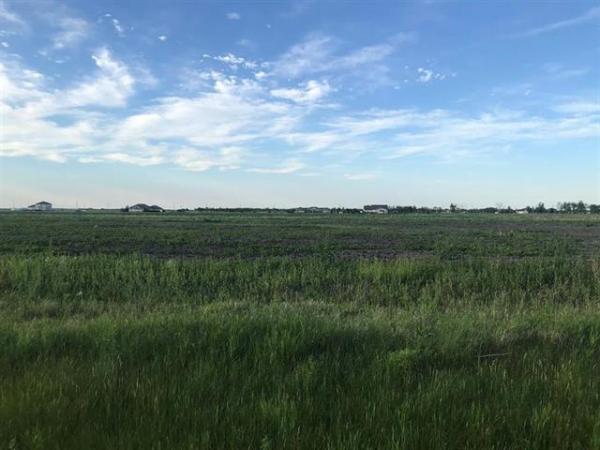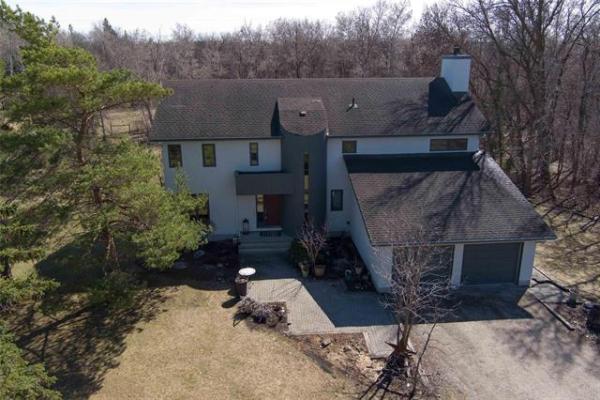Question: We are in the process of getting quotes to replace our cracked and heaving concrete driveway. On one quote I was told that the new pour would come up to the garage door concrete grade beam, but would not tie in, to allow the driveway slab to move separately. In the space between they would put corrugated plastic to provide a “buffer” and act as a water sealant. However, on another quote they suggest thickening the new concrete pad in this area and tying the new concrete to the existing grade beam using coated dowels. I can see that keeping them separate allows for movement, but wouldn’t tying the two together possibly cause the grade beam to be affected if they were attached? Which method is preferred in the long term? The quotes are similar in price, but the one that has it tied to the grade beam with the thickened section of concrete is slightly more expensive, but not a deal breaker.
Any advice? I am not sure which way to go.
Thank you for your insight, Scott.
Answer: Connecting a concrete garage floor slab, or grade beam, and the adjacent driveway or approach is not normally a good idea, unless it is done when both are initially poured. Putting small sections of rebar between the two can cause damage to the other component if they move independently of one another, which is likely. Leaving them to move on their own may cause a slight separation or height imbalance, but that is better than cracks or physical damage.
There are many different viewpoints and methods for installation of horizontal surfaces, often from very experienced contractors. Some say that reinforcing concrete slabs for driveways, patios and sidewalks is not necessary, while others insist upon the addition of re-bar or steel mesh to strengthen the concrete. Your question raises a common dilemma, do we try and tie together two adjacent concrete slabs to prevent movement between them? The proponent`s theory is that putting small sections of re-bar, or steel rods, between the two will help prevent an uneven surface, should one heave or settle at a different rate than the other.
The problem with the above scenario, which you have correctly identified, is whether a short piece of embedded steel will successfully accomplish this task, or have other consequences. In my experience, I have seen numerous situations where the “dowels” stay embedded in one of the slabs but come loose from the other.
One reason that pinning two horizontal slabs of concrete together can be problematic is due to the forces that cause them to move, in the first place. Expansion and contraction of the clay soil below these components is normally the culprit. This will occur due to seasonal changes, with the freeze/thaw cycles, primarily due to changes in moisture content in that soil. Because the garage is covering its floor, there is often less variation from normal precipitation. Also, the garage floor may be considerably warmer than the driveway, especially in an attached garage. So, expansion due to frost, snow melting and heavy rains will be more likely to cause the driveway to heave upwards than the garage floor. Conversely, dry summer weather, exacerbated by the hot sun, can cause the soil around and under the driveway to shrink much more than the protected garage.
The last variable to affect these two surfaces differently is vehicle traffic. There can be considerable weight and vibrations from the simple act of driving and parking your vehicles, both on the driveway and the garage floor. If vehicles are mostly left parked for long periods of time on either surface much longer than the other, it may have a settling effect. So, it may be futile to try and minimize this movement by pinning the two large slabs together.
A better approach would be to spend additional time and money on installing a thicker and better compacted granular base for the new driveway. The stability of the new concrete is largely dependent on the substrate below. By removing additional amounts of the clay soil, and replacing it with granular fill, you will be minimizing the effects of soil expansion and contraction. By heavily compacting a thicker stone layer you will create a more stable base, but one that will still drain better than the surrounding soil. Granular fill should not expand and contract like the clay soil, minimizing upwards and downwards movement through the changes in the seasons. So, a better base layer will help prevent movement, not just attempt to hold the two slabs together if they move.
Preventing your new driveway from excessive sinking or heaving, by installing a better granular base, is a much better approach to minimize movement between that and the older garage floor. Small, embedded steel rods, inserted into holes drilled in the garage slab or grade beam, may only weaken the old concrete and potentially cause cracks and damage should either slab move excessively.
Ari Marantz is the owner of Trained Eye Home Inspection Ltd. and a Registered Home Inspector (RHI)(cahpi.ca). Questions can be emailed to the address below. Ari can be reached at 204-291-5358 or check out his website at trainedeye.ca.
trainedeye@iname.com



